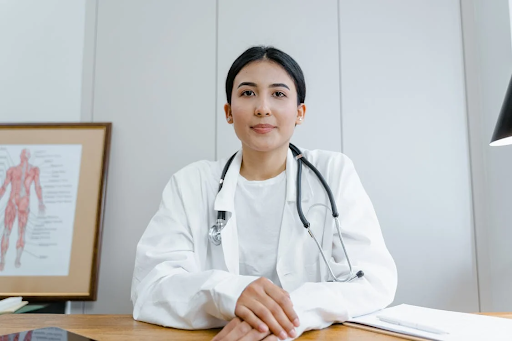Spotting a little bump on your eyelid can really throw you off. These lumps—styes or chalazia—show up more often than you’d think, and they’re usually not a huge deal. Most of the time, you’ll find them along the eyelid edge, looking red and swollen, and sometimes they’re just plain annoying.
Usually, eyelid lumps heal on their own in a week or two if you use warm compresses and keep things clean. But sometimes, they just stick around or get more uncomfortable, and that’s when you might need a bit more help. If a lump won’t budge or starts to hurt, it’s probably time to check in with a doctor.
Why do these things pop up in the first place? It’s often because the oil glands near your lashes get blocked or infected. Figuring out whether to ride it out at home or call in the pros can make a big difference in how quickly you get back to normal.
How to Address a Persistent Eyelid Lump
When an eyelid lump just won’t go away, it’s easy to get frustrated. There are a few different ways to tackle these stubborn bumps, from simple at-home tricks to procedures at the clinic.
Understanding What Causes Eyelid Lumps
Most eyelid lumps happen when oil glands get blocked. The two main culprits are chalazia and styes. Chalazia form when a meibomian gland gets clogged. Styes? They’re usually from an infected eyelash follicle.
Other things that can start the trouble include blepharitis (that’s eyelid inflammation), allergic reactions, bacterial infections, and even skin conditions like seborrheic dermatitis. People with poor eye hygiene, chronic blepharitis, rosacea, or a history of these lumps tend to get them more often.
Honestly, most eyelid lumps aren’t anything to panic about, but if they stick around, it’s worth getting them checked out.
Recognizing Symptoms That Warrant Medical Attention
Usually, eyelid lumps sort themselves out. But some symptoms mean you should see a doctor. If the bump hangs around longer than a couple of weeks, hurts more than before, or you notice vision changes, don’t wait. Redness spreading past your eyelid, fever, chills, or a lump that suddenly looks different are also red flags. And if you keep getting lumps in the same spot, that’s another reason to get it looked at.
If you see weird discharge, can’t stand bright lights, or the swelling makes it hard to see, you might be dealing with something more serious. Folks with weaker immune systems or diabetes should probably play it safe and get checked sooner rather than later.
Safe and Effective Chalazion Removal
For those considering chalazion removal, the procedure is generally quick and straightforward. In many cases, it can be done right in a clinic within 15 to 30 minutes. The process typically involves numbing the eyelid, gently flipping it, making a small incision on the inside, clearing the blockage, and applying antibiotic ointment to support healing.
Costs can vary depending on the clinic and treatment approach, and insurance or medical savings schemes may cover part of the fee if you meet certain criteria. After the procedure, patients are usually advised to use prescribed eye drops and avoid makeup for about a week. Recovery is often fast—many people return to normal activities the very next day.
Self-Care Methods and Home Treatments
If you’re hoping to avoid the clinic, there are a few things you can do at home. Warm compresses are your best friend—press one on your eyelid a few times a day for about 10-15 minutes. After warming things up, a gentle eyelid massage can help. If it’s sore, over-the-counter painkillers like ibuprofen or acetaminophen can take the edge off. Skip the makeup and contact lenses until things clear up, and always wash your hands before touching your eyes.
Whatever you do, don’t pop or squeeze the lump, and try not to rub your eyes. A clean, warm washcloth works well for compresses. The heat softens up the oil and can help everything drain out. Stick with it for a few days—patience really does pay off with these stubborn little bumps.
When to Seek Professional Treatment
If you’ve tried home remedies for a couple of weeks and that annoying lump just won’t budge—or it’s actually getting worse—it’s probably time to call in a pro.
Doctors have a few options up their sleeves. Sometimes they’ll prescribe antibiotic ointments or drops, especially if there’s an infection brewing. For those stubborn chalazia that just won’t quit, a quick steroid injection might help calm things down. And yeah, if nothing else works, minor surgery could be on the table to finally get rid of it.
An ophthalmologist will take a good look, maybe run some tests just to make sure it’s nothing more serious. If the lump looks odd or doesn’t behave like a typical eyelid bump, they might suggest a biopsy—just to be safe.
Staying on top of follow-up care matters, especially if you keep getting these lumps. Your doctor could suggest some simple eyelid hygiene tricks or even regular medication to help keep future flare-ups at bay. It’s honestly a relief to have someone guide you through it when things get frustrating.








